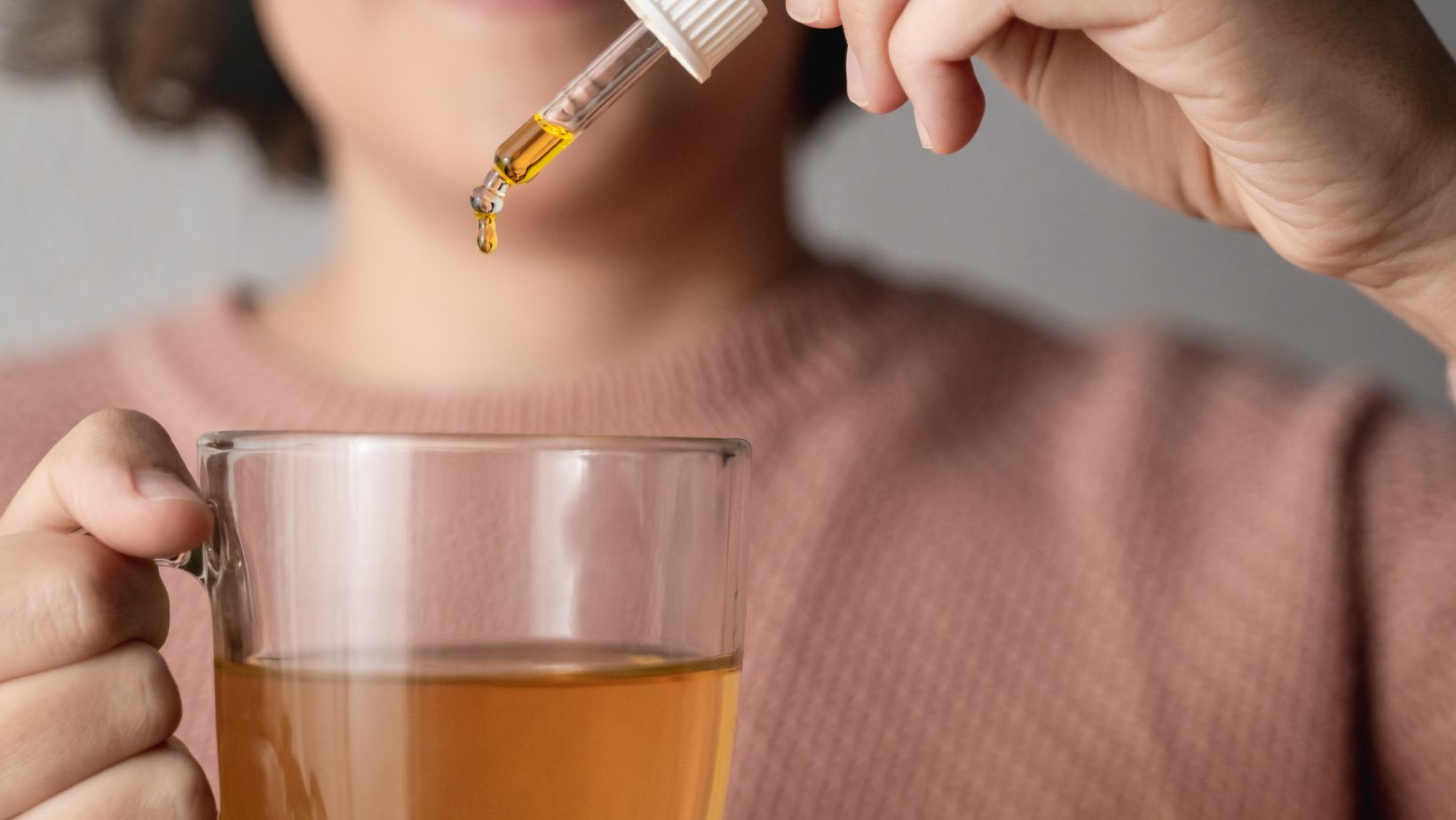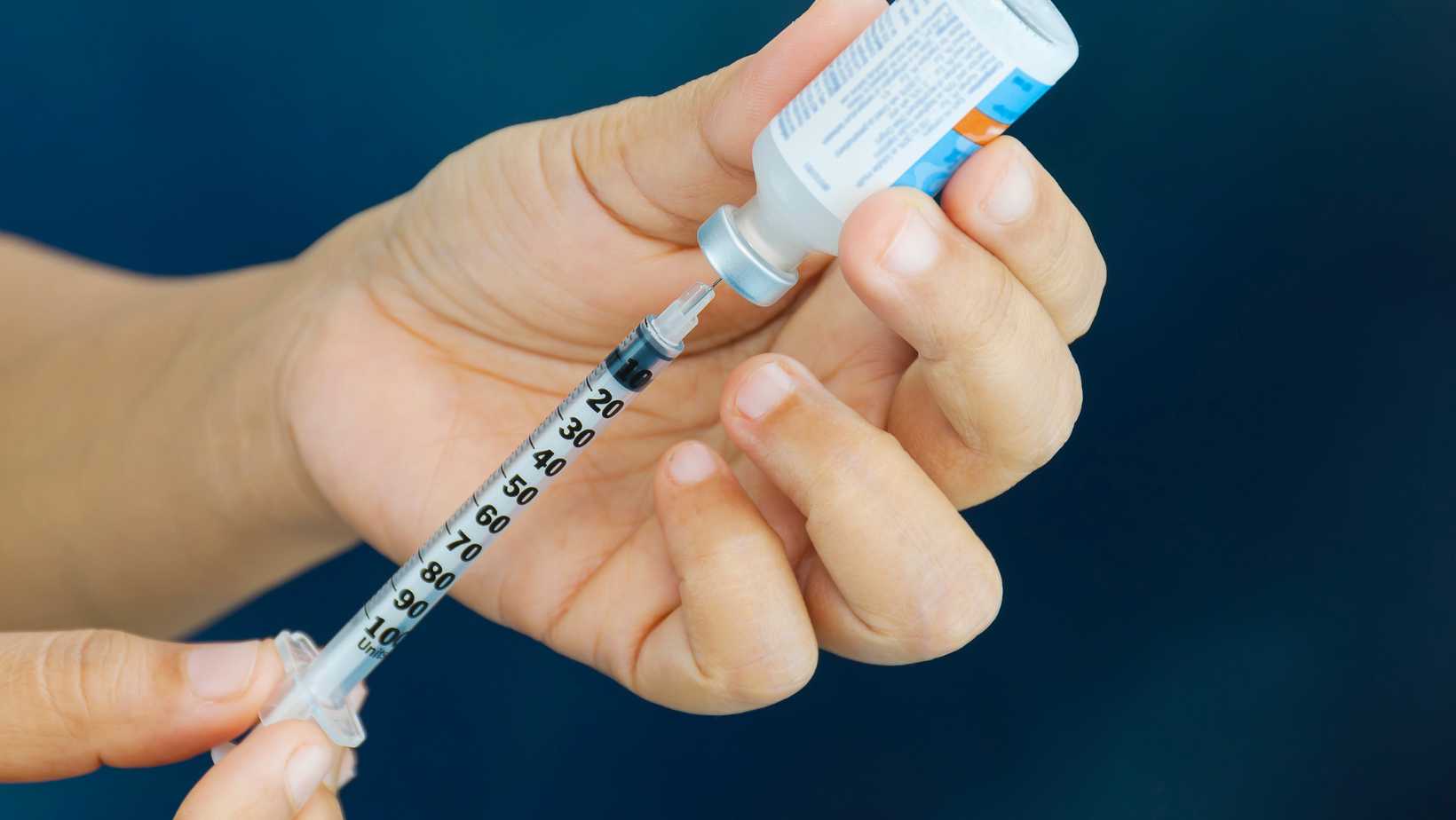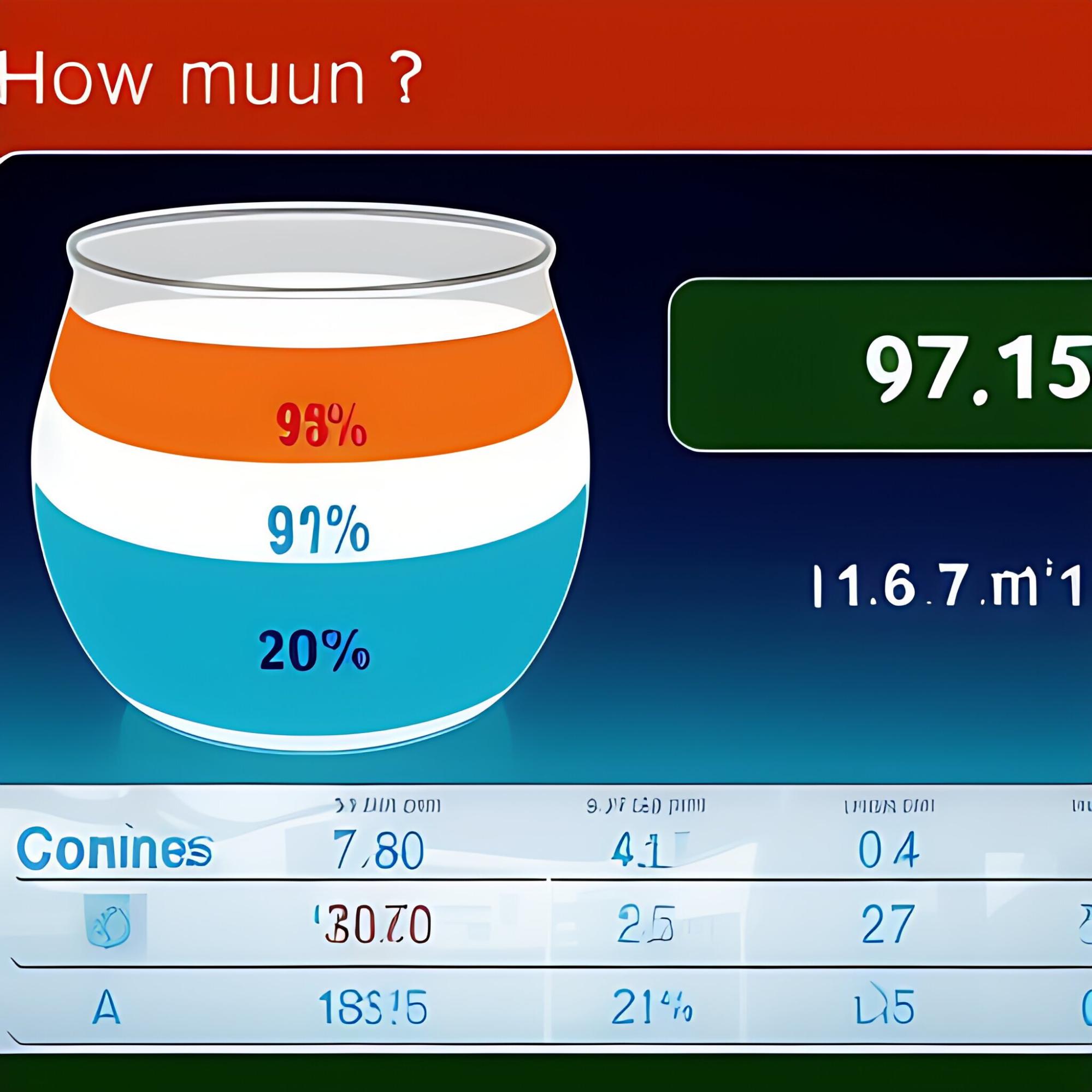Accurate Measurements: How Many Ml Are In A Dropper

How Many Ml Are In A Dropper
Typically, a standard dropper holds around 1 milliliter (ml) of liquid. However, it’s important to note that not all droppers are created equal. Some may have markings or measurements on the side to indicate different volumes, while others may not provide any measurement guidance at all.
To determine the exact volume of your dropper, it’s best to refer to the manufacturer’s instructions or packaging. They should specify the capacity in milliliters or other applicable units. If this information is not readily available, you can always use a graduated cylinder or syringe to measure the amount of liquid your dropper holds.
Understanding how many milliliters are in a dropper is crucial when accurate dosing is necessary. Whether you’re using it for medication administration or precise ingredient measurements, knowing the capacity of your dropper will help ensure proper dosage and avoid potential errors.
So next time you reach for a dropper, take note of its volume and make informed choices based on your specific needs.
Determining The Capacity Of A Dropper
When it comes to measuring liquids, especially when using droppers, understanding the capacity of a dropper is essential. So, let’s delve into how many milliliters (ml) are typically in a dropper.
The capacity of a dropper can vary depending on its design and purpose. In most cases, you’ll find that droppers have either a standard size or are specifically calibrated for precise measurements. However, it’s important to note that not all droppers are created equal, so their ml capacity may differ slightly.
To determine the ml capacity of a dropper, follow these steps:
- Check for Calibration: Some droppers come with markings on the glass or plastic tube indicating volume measurements in milliliters. These calibrated droppers provide an accurate way to measure liquids by allowing you to fill up to specific increments.
- Conduct Manual Testing: If your dropper doesn’t have calibration markings or if you’re unsure about its accuracy, you can perform a simple manual test. Start by filling the dropper with water and then carefully release the liquid into a measuring spoon or cup with ml measurements. Repeat this process several times and calculate the average amount captured by the dropper each time.
- Consult Manufacturer Information: If you’re using a specific brand or product, consult the manufacturer’s instructions or website for information regarding the exact ml capacity of their provided dropper.
- Consider Dropper Variations: Keep in mind that different types of droppers may have varying capacities due to factors such as bulb size and tube length. It’s always best practice to check product specifications or reach out to manufacturers directly if you require precise measurements.

Accurate Measurements
The capacity of a dropper can vary depending on various factors. Let’s delve into some of these factors affecting dropper capacity:
- Dropper Design: The design of the dropper itself plays a crucial role in determining its capacity. Droppers typically consist of a glass or plastic tube, a rubber bulb, and a pipette or tip. The size and dimensions of these components can affect the overall volume that the dropper can hold.
- Tip Size: The size and shape of the tip attached to the dropper can impact its capacity as well. Different tips may have varying internal diameters, which directly affects how much liquid they can hold.
- Graduations: Some droppers come with graduated markings along their length, allowing for more precise measurements. While these graduations provide convenience in measuring smaller volumes, they may reduce the overall capacity slightly due to space limitations.
- Liquid Viscosity: Another factor influencing dropper capacity is the viscosity (thickness) of the liquid being dispensed. Thicker liquids like oils or syrups will require more space within the dropper compared to thinner liquids such as water.
It is important to note that there is no standard volume for all droppers; therefore, it’s challenging to give an exact measurement without specifying a particular type or brand of dropper. However, most commonly available droppers have capacities ranging from 0.5 ml to 2 ml.
To ensure accuracy in measuring liquid using a dropper, it’s recommended to refer to any markings provided on the device itself or consult product instructions if applicable.
In conclusion, when considering how many ml are in a dropper, factors such as design, tip size, graduations, and liquid viscosity all contribute to determining its overall capacity. It’s essential to be aware that different types and brands may offer varying volumes, so it’s always best to refer to specific product specifications for precise measurements.




